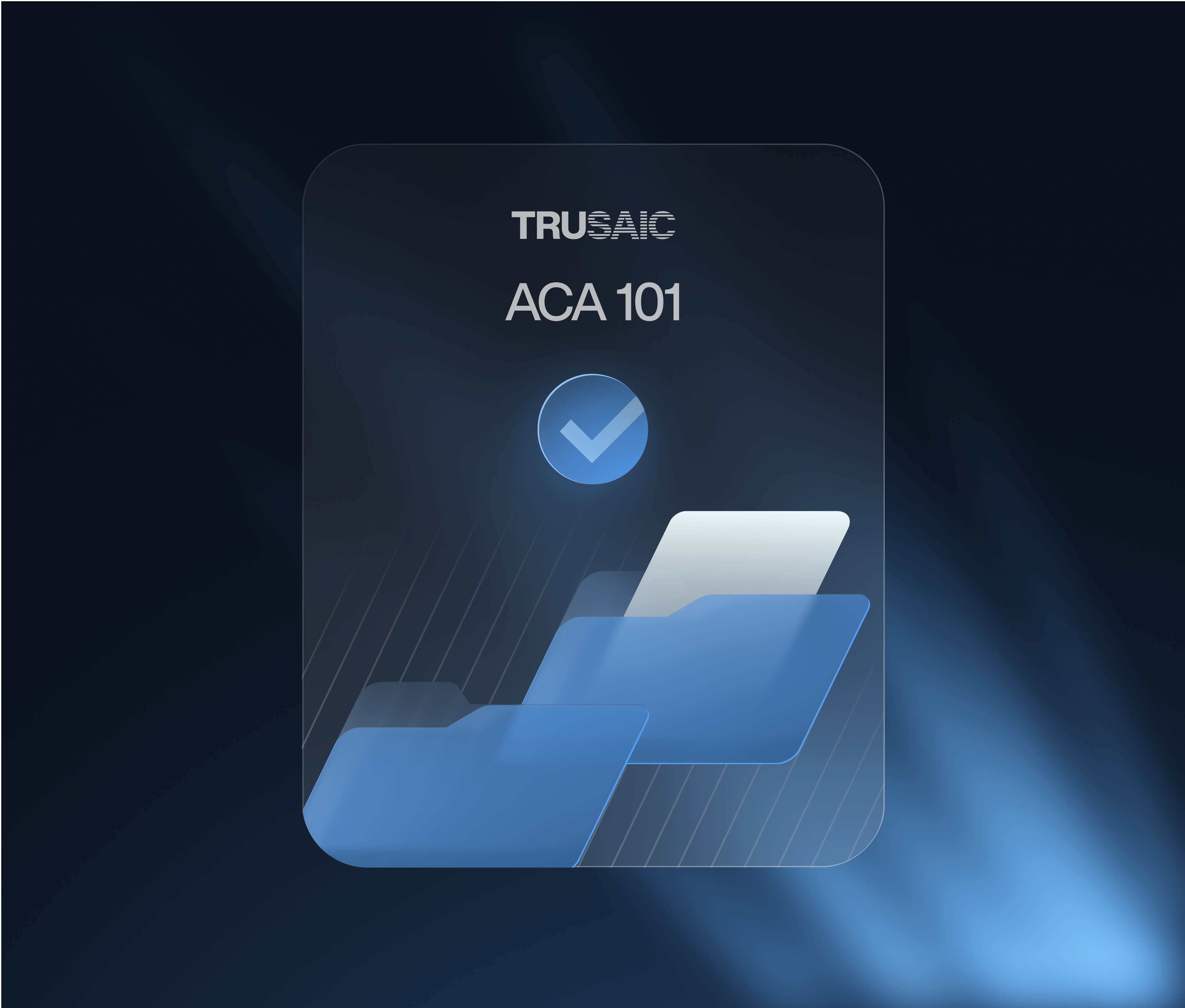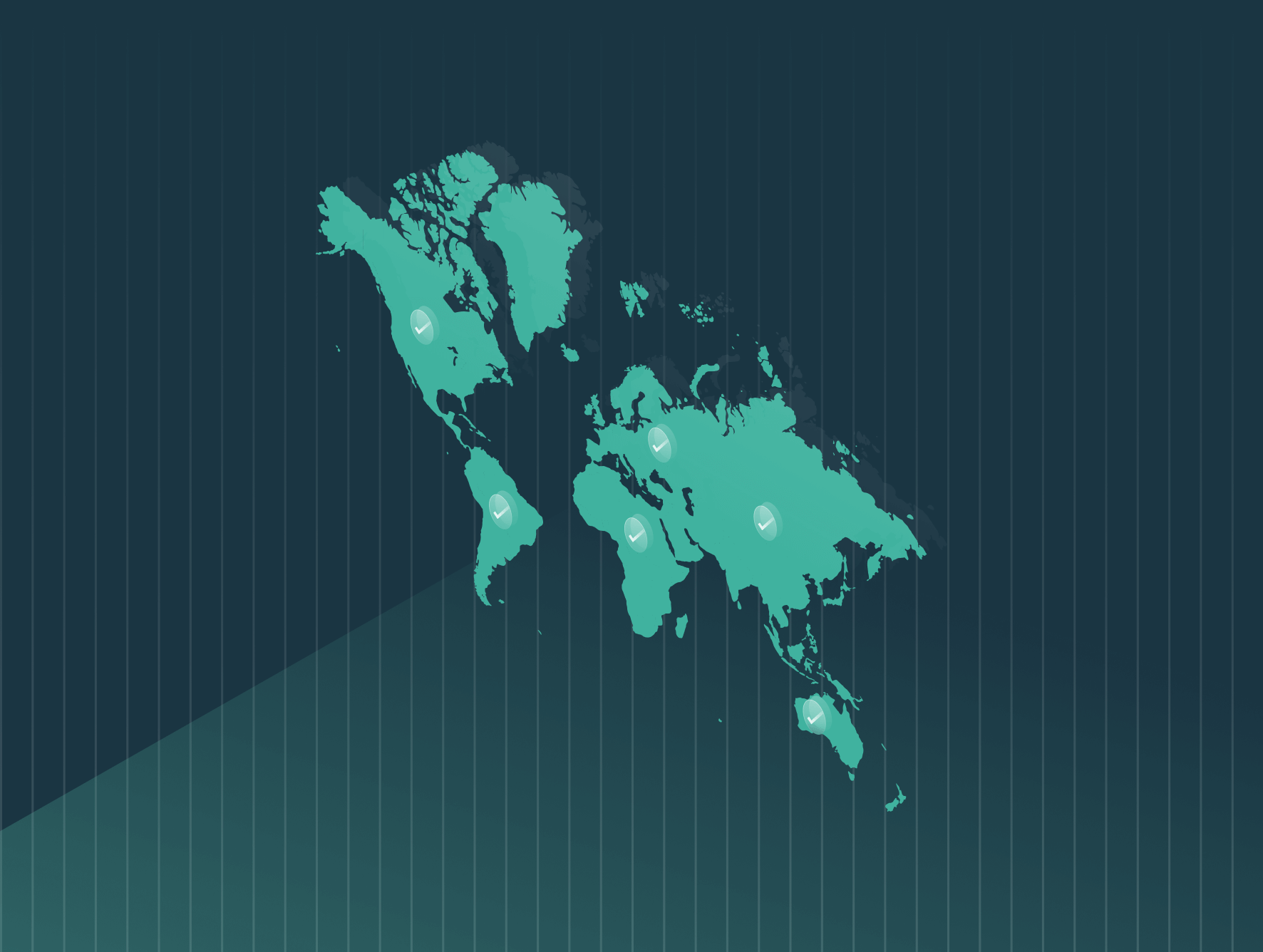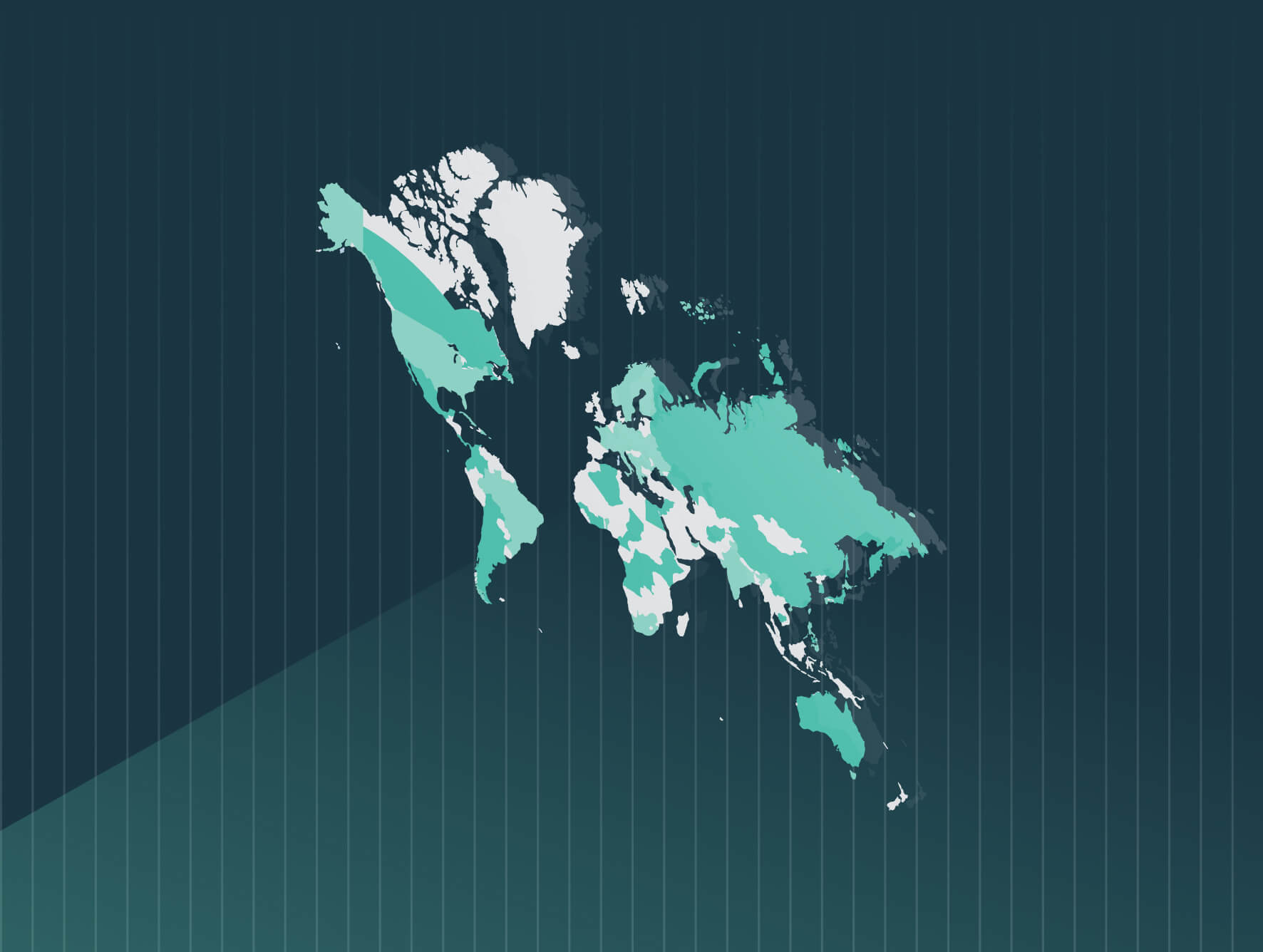The Equal Employment Opportunity Commission (EEOC) announced the opening of the portal for submitting EEO-1 Component 1 data last week.
Organizations will have until May 17, 2022, to get their reports in. That’s just over four weeks from now. Employers keen on making the deadline should begin preparing their filings now.
In an announcement on the EEOC website, the agency said, “For the 2021 EEO-1 Component 1 data collection, the EEOC is continuing its efforts to modernize the agency’s EEO data collections and improve the quality of data collected by the agency. The EEOC is also improving the filing process for filers by making it more user-friendly and streamlining functions within the EEO-1 Component 1 Online Filing System, including additional self-service options and a new Filer Support Team Message Center.”
As a reminder, the EEOC requires employers to transmit this information as an avenue for enforcing equal opportunity legislation. The EEO-1 report is essentially a survey of an organization’s workforce, categorized by employee job category, gender, and race/ethnicity.
Unsure if your organization needs to submit the EEO-1 Component 1 report? Here’s who needs to comply with the annual requirement:
- Private employers subject to Title VII of the Civil Rights Act of 1964, as amended, with 100 or more employees.
- Federal contractors and first-tier subcontractors with at least 50 employees and a minimum of $50,000 in contracts.
- Financial institutions and government depositories with 50 or more employees.
- Private employers with less than 100 employees if their association with or common ownership with another company adds up to 100 employees.
This year’s EEO-1 report includes only Component 1, but the return of Component 2, which requires the submission of employee pay data, is anticipated for future reporting years.
A significant reason for this is the alignment across the federal government. The EEOC’s Chair Charlotte Burrows has made it known that the EEOC’s priority going forward is ensuring pay equity. Former EEOC commissioner, Victoria A. Lipnic also commented on the future of pay equity enforcement and alluded to EEO-1 Component 2.
The Office of Federal Contract Compliance Programs announced that it would be leveraging EEO-1 Component 2 pay data for pay equity enforcement as well. Moreover, the agency recently proposed a new rule to modify current enforcement processes for identifying employee discrimination. While the ruling is uncertain at this time, it comes on the heels of a directive it issued outlining requirements for federal contractors to conduct pay equity audits.
Finally, the Biden administration made proclamations earlier this year to achieve pay equity. Notably, on Equal Pay Day this year, Biden issued an executive order aimed at promoting pay equity and transparency in the federal workforce.
The reason these governing bodies are connecting pay equity and Component 2 of the EEO-1 report is because of the power of employee pay data. By requiring the submission of employee wage information, in combination with gender, race/ethnicity, and job category, enforcement agencies can more efficiently and accurately identify wage inequalities. This was recently made crystal clear in the lawsuit settlement between Riot Games and California’s Department of Fair Employment and Housing.
And so, although the EEO-1 report for the 2021 tax year only includes Component 1 information, employers would be wise to prepare for the return of Component 2. Given the current political climate and emphasis on pay equity, the federal government is well-positioned to bring back the requirement.
If your organization needs assistance establishing a process for evaluating employee compensation at the intersections of gender and race/ethnicity, conduct a pay equity audit. Our professional services and software solution, PayParity can perform this for you and help your organization prepare for the inevitable return of pay data snapshots in the EEO-1 report.








